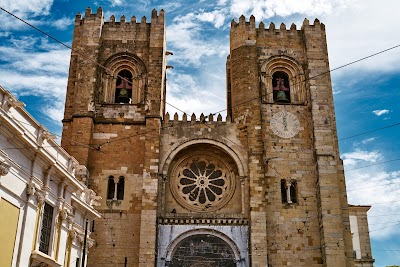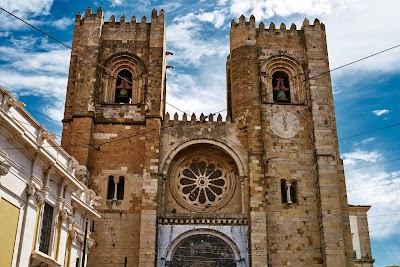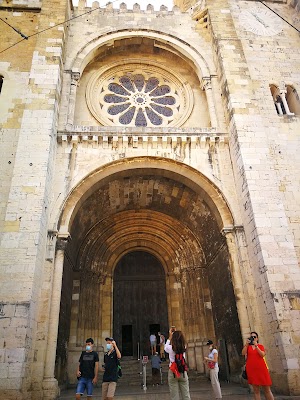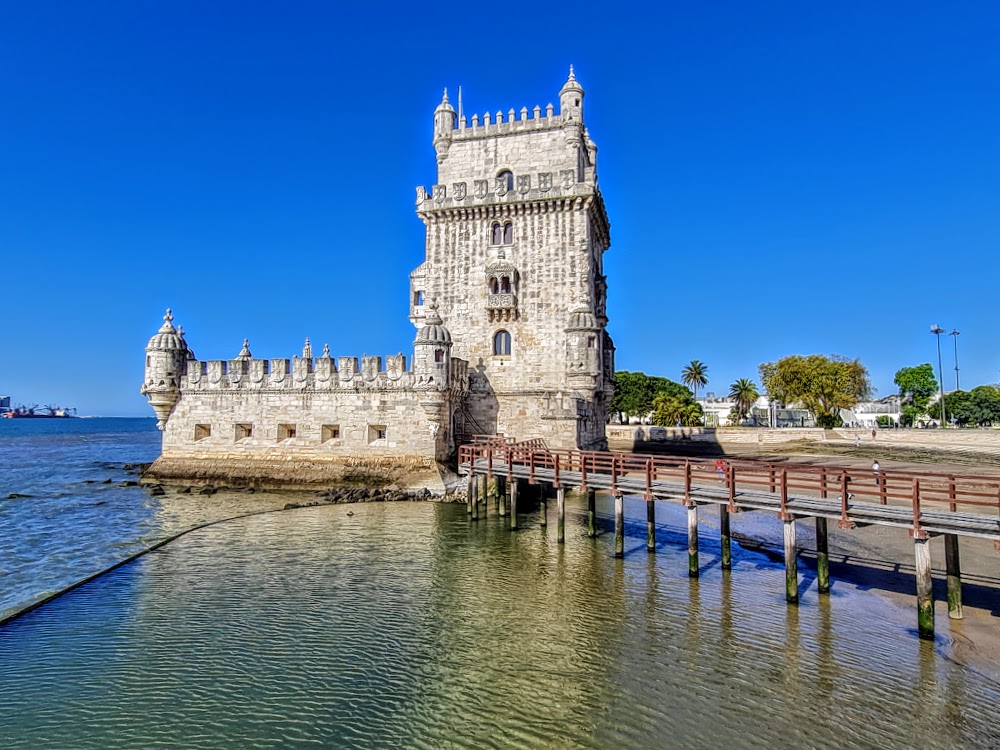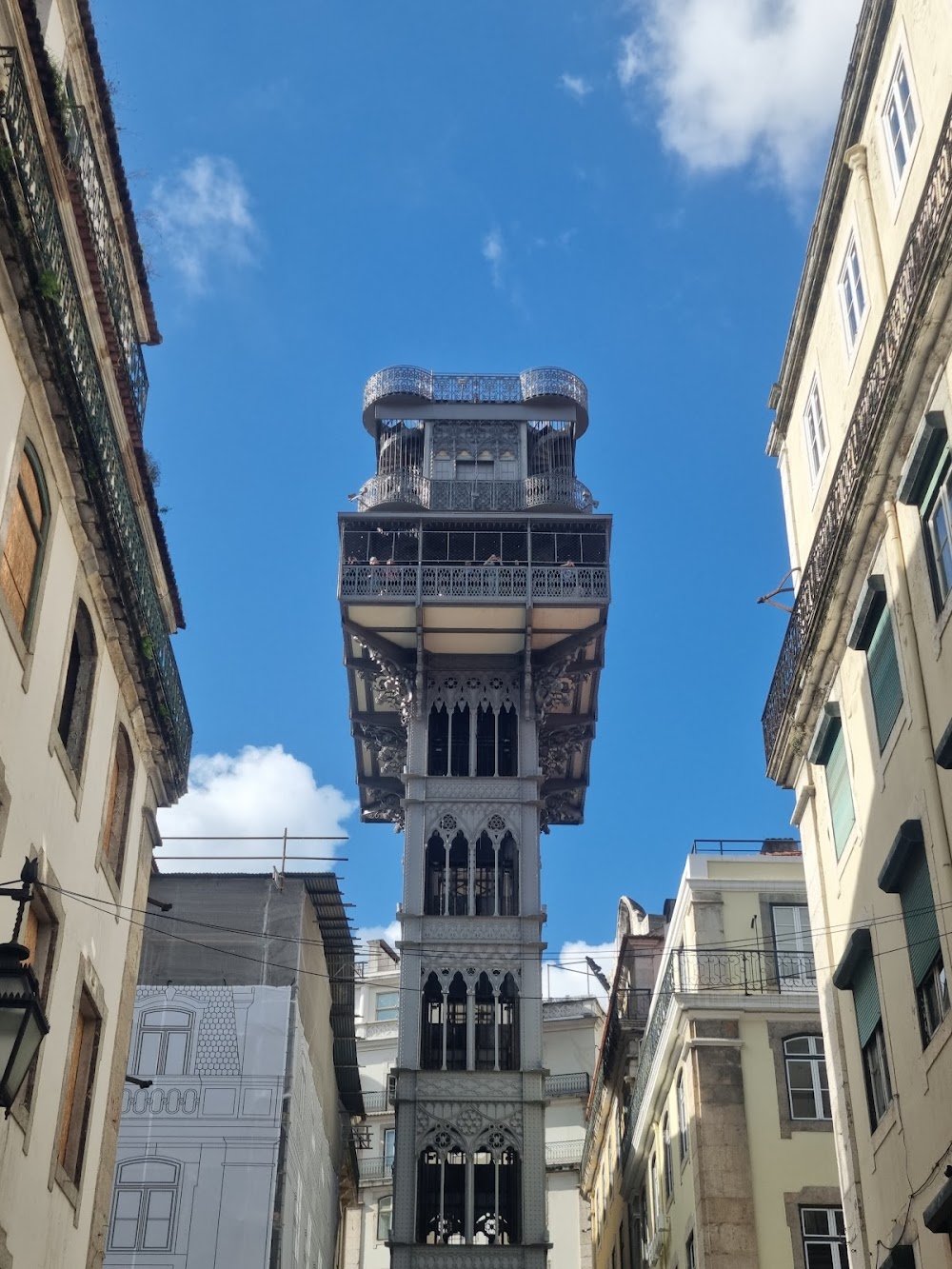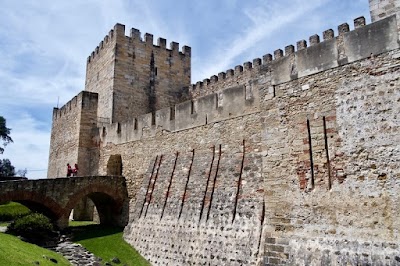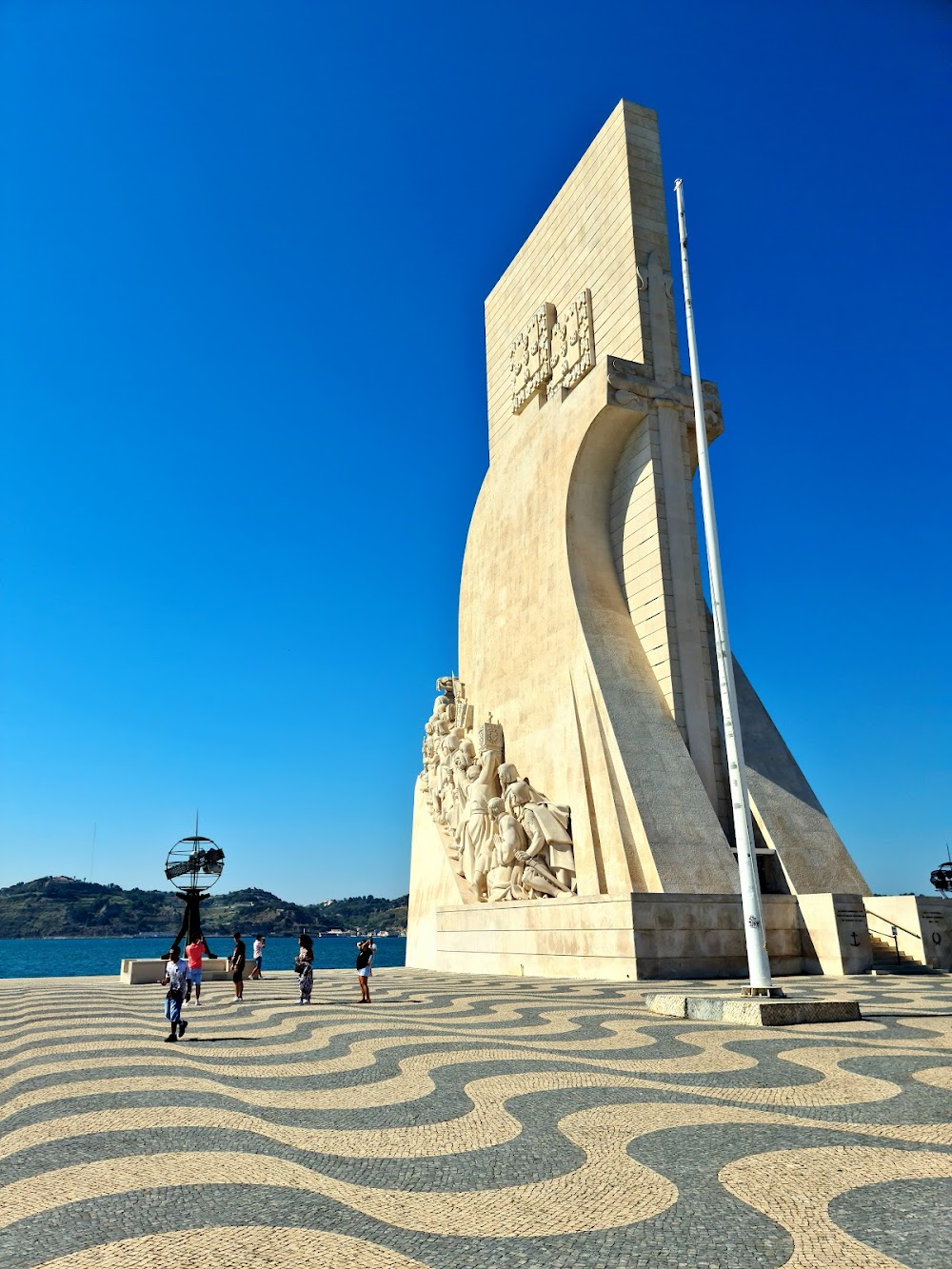Lisbon Cathedral (Sé de Lisboa)
Overview
Lisbon Cathedral: A Testament to Resilience and Faith
Lisbon Cathedral, or Sé de Lisboa, proudly holds the title of the oldest and most significant church in Lisbon, Portugal. Nestled in the vibrant Alfama district, this majestic structure symbolizes both resilience and spirituality, having endured countless natural disasters and pivotal historical events over the centuries.
The cathedral's construction began in 1147, shortly after King Afonso I reclaimed Lisbon from the Moors during the Second Crusade. Originally a mosque, the site was transformed into a Romanesque church, marking the city's newfound Christian identity. Throughout the years, the Sé has undergone various renovations, showcasing an architectural palette that includes Gothic, Baroque, and Neoclassical styles, particularly following the catastrophic earthquake of 1755.
The exterior of the cathedral is striking, with its fortress-like walls and two formidable bell towers serving as vigilant sentinels over the streets of Alfama. These towers were once integral to the original defensive walls. The façade features a magnificent rose window, a stunning example of Romanesque artistry that captivates all who pass by.
Inside, visitors are welcomed by a serene and contemplative atmosphere. The nave, characterized by a high, vaulted ceiling, elevates the spirit and draws the eye upwards, symbolizing the ascent to the divine. This simplicity creates a stark contrast with the ornate chapels, particularly the Gothic-style ambulatory and the Chapel of Saint Ildefonso, which dazzles with its exquisite blue and white azulejos—traditional Portuguese tiles.
Beneath the cathedral lies a treasure trove for history enthusiasts: archaeological excavations that have unearthed remnants from Roman, Islamic, and medieval Christian periods. This remarkable discovery allows guests to traverse through layers of time, providing insight into the rich cultural and historical tapestry that defines Lisbon.
Among the cathedral's most captivating artifacts is a relic believed to be a fragment of the True Cross, displayed in the Sacristy alongside other liturgical treasures and beautiful examples of sacred art. Another intriguing piece is the baptismal font, reportedly used in 1195 to baptize Saint Anthony of Padua, one of the Catholic Church's most revered saints.
Beyond being a monument of the past, Lisbon Cathedral remains a vital part of the city’s spiritual and community life. It hosts regular masses and serves as the seat of the Patriarchate of Lisbon. During significant religious events, the cathedral becomes a focal point for pilgrimages and local festivities, illustrating its harmonious blend of historical significance and living tradition.
For those who appreciate breathtaking views, the rooftop of Lisbon Cathedral offers a stunning panorama of the city and the Tagus River. The ascent is well worth the effort, allowing visitors to soak in the beautiful scenery while admiring the intricate architectural details, including ornate gargoyles and decorative stonework.
A visit to Lisbon Cathedral is not merely a tour of a historical building but a journey through the epochs that have shaped the city. Its walls resonate with tales of conquest, faith, and survival. Whether you're an architecture aficionado, a history buff, or seeking a moment of reflection, the Sé de Lisboa promises a deeply enriching experience.
In conclusion, Lisbon Cathedral is an essential stop for anyone exploring Portugal's capital. Its profound historical depth, architectural splendor, and spiritual significance make it a cornerstone of Lisbon's cultural heritage. So take your time during your visit, allow its stories to envelop you, and be sure to capture the essence of this remarkable landmark.


